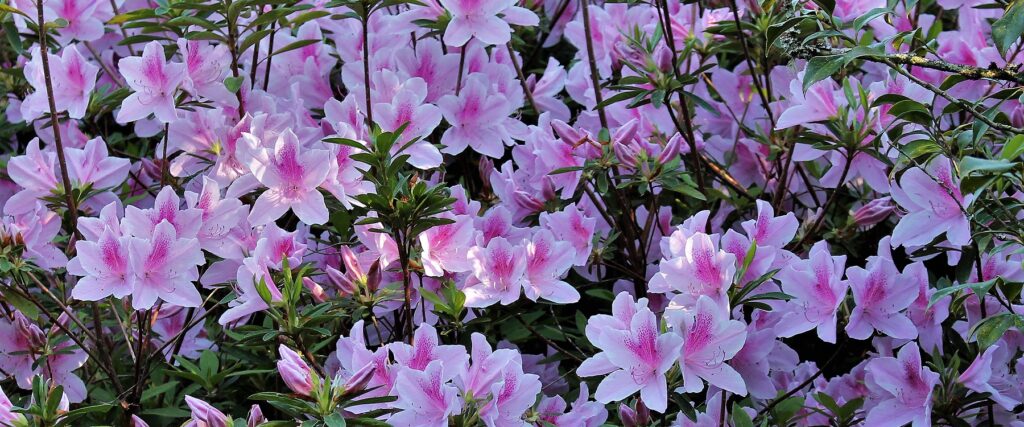Brunnera Macrophylla ‘Jack of Diamonds’ is the Plant of the Year for 2025, celebrated for its bold foliage and charming spring blooms. This shade-loving perennial features large, silver leaves with dramatic dark green veins, offering a striking visual appeal in gardens. In mid-to-late spring, its delicate baby blue, forget-me-not-like flowers add a touch of elegance, making it a perfect choice for shaded borders and woodland settings.
This plant may face challenges in Charleston’s climate, as it prefers cooler conditions and partial to full shade. While it can grow in USDA zones 3-8, Charleston (in zone 8b) might be on the warmer edge of its tolerance. If planted, it should be placed in shaded areas with consistently moist soil and protection from the intense summer heat to ensure its health.
Brunnera Macrophylla ‘Jack of Diamonds’:
- Placement: Plant in a shaded or partially shaded area, such as under trees or on the north side of buildings, to protect it from intense afternoon sun.
- Soil: Ensure the soil is rich, consistently moist, and well-draining. Add organic mulch around the plant base to retain moisture and regulate soil temperature.
- Watering: Keep the soil evenly moist but not waterlogged, especially during Charleston’s hot summers.
- Heat Protection: Use a layer of mulch to cool the roots and reduce water evaporation. Provide extra shade during the peak summer months if necessary.
- Maintenance: Prune back dead leaves and spent flowers to maintain its appearance. Monitor for slugs, which can be a problem in moist environments.
